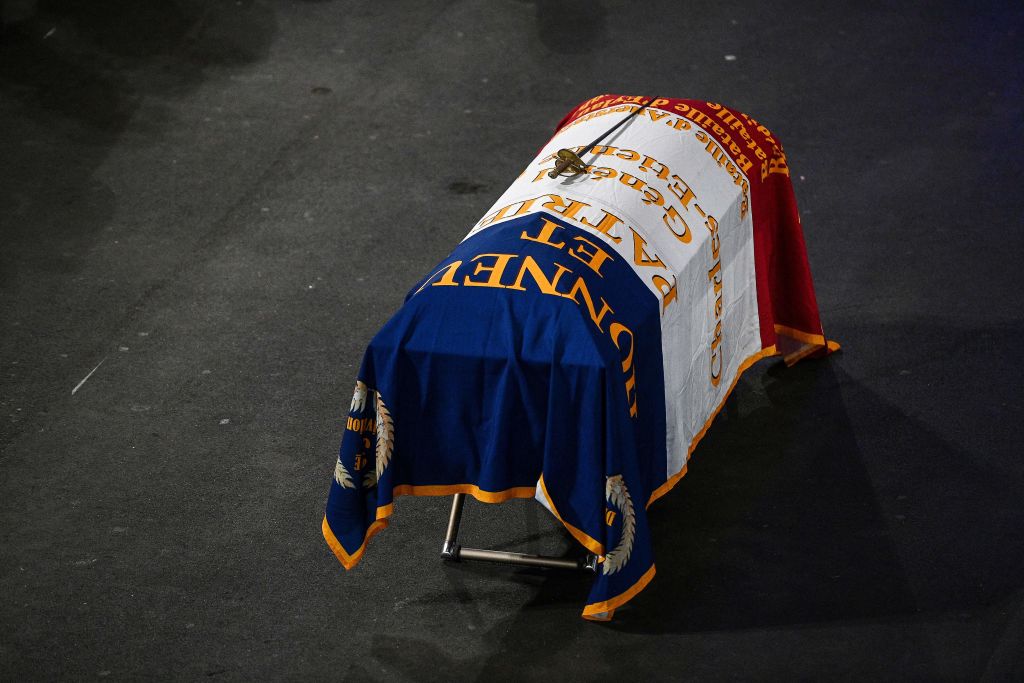Skeletons don’t always lurk in cupboards, some of them hide under dance floors waiting for a particularly rousing party to dislodge them. Such is the story of one of Napoleon’s favourite generals, César Charles Étienne Gudin de La Sablonnière, whose missing remains were discovered under a dance floor in Smolensk in 2019, over 200 years after his death from a cannonball during the French invasion of Russia in 1812. Yesterday, his one-legged skeleton was repatriated to France via a private jet chartered by the Russian oligarch, Andrei Kozitsyn. Not a bad way to travel for a Napoleonic soldier.
The discovery of Gudin’s remains and their passage home unearths some complicated truths for President Macron. Having recently navigated the bicentenary of Napoleon’s death in May with a rousing (if elliptical) speech on the virtues of the Napoleonic era, Macron finds himself once again in the Napoleonic crossfire that divides left from right in France.

Britain’s best politics newsletters
You get two free articles each week when you sign up to The Spectator’s emails.
Already a subscriber? Log in






Comments
Join the debate for just £1 a month
Be part of the conversation with other Spectator readers by getting your first three months for £3.
UNLOCK ACCESS Just £1 a monthAlready a subscriber? Log in